Ramadan is the holiest month in the Islamic calendar, a time of fasting, prayer, reflection, and community. While adults observe the fast from dawn to sunset, children often watch with curiosity and eagerness to participate. Transforming that curiosity into meaningful understanding can be joyful and effortless when approached with creativity, storytelling, and play. This guide is packed with fun and easy ways to teach kids about Ramadan—from toddlers to tweens—so they not only learn the facts but also feel the spirit of mercy, generosity, and gratitude that defines the month.
Understanding Ramadan Through a Child’s Eyes
Before diving into activities, it helps to see Ramadan the way children do: a month of late-night family gatherings, glowing lanterns, special foods, and extra hugs. For them, Ramadan is sensory—lights, tastes, smells, and sounds. Framing lessons around these experiences keeps them engaged and makes abstract concepts like taqwa (God-consciousness) tangible.
Common Misconceptions Kids Have
- “Ramadan is just about not eating.” Clarify that fasting is a private act of worship to grow patience and empathy.
- “Only adults can join.” Emphasize that kids can take part through mini-fasts, charity crafts, and nightly Qur’an stories.
- “Eid is the only fun part.” Highlight daily joys—decorating the house, breaking fast together, and nightly taraweeh prayers.
Key Components of Teaching Ramadan to Kids
Effective lessons blend faith, fun, and function. Below are the pillars you’ll need to cover, each paired with age-appropriate activities.
1. The Moon & The Calendar
Islam follows a lunar calendar, so Ramadan starts with the sighting of the new moon. Turn this into a science-meets-faith adventure:
- Moon Journal: Give children a printable calendar to color in the moon phases each night.
- DIY Binoculars: Decorate two toilet-paper rolls, tape them together, and go on a backyard moon hunt.
- Bedtime Math: Compare the 29–30 days of Ramadan to 365-day Gregorian calendar. How many Ramadans fit into one year?
2. Fasting—Not Just “No Food”
Mini-Fast Practice
For ages 6–10, try a “half-day” fast from 7 a.m. to 12 p.m. Use a visual timer shaped like the sun moving across the sky to mark progress.
Good-Deed Tokens
- Create a jar of colored popsicle sticks labeled with easy deeds: share a toy, smile at a neighbor, recycle paper.
- Each completed deed earns a token; 30 tokens = a small Eid gift or experience.
3. Qur’an Connection
Children memorize quickly, so engage their auditory and kinesthetic learning styles:
- Surah Stars: Print star-shaped cards with short surahs (Al-Fatiha, Al-Ikhlas). Stick them on the ceiling or wall; each night, switch off the lights and read by flashlight.
- Story Maps: After reading a Qur’an story (e.g., Prophet Yusuf), draw a comic-strip timeline on a roll of butcher paper.
4. Charity & Generosity (Sadaqah & Zakat al-Fitr)
Kids learn empathy by doing. Set up these projects:
- “Blessing Bags”: Fill zip-lock bags with travel-size toiletries, snacks, and a cheerful note. Deliver them to a local shelter.
- Coin Caterpillar: Tape empty egg-carton segments into a long caterpillar. Each day kids drop coins; on Eid, count and donate.
- Virtual Bake Sale: Older children bake cookies, post photos online, and donate proceeds to a food bank.
5. Nightly Prayers & Taraweeh
Make congregational prayer exciting:
- Prayer Passport: Small booklet with stamps for each taraweeh attended. Ten stamps earn a family movie night.
- Quiet-Time Bags: Pencil cases with fidget cubes, coloring sheets of mosques, and mini-du‘a cards to keep little hands busy respectfully.
6. Eid Preparation
Countdown calendars aren’t just for Christmas. Craft an Eid Advent Calendar with 30 pockets containing:
- chocolate coins
- tiny toys
- hadith of the day
- charity challenge
Benefits and Importance of Early Ramadan Education
| Developmental Area | Benefit | Example Activity |
|---|---|---|
| Cognitive | Improves sequencing & memory | Memorizing short surahs daily |
| Social | Builds empathy & teamwork | Group charity bake sale |
| Emotional | Enhances self-discipline | Mini-fast with visual timer |
| Spiritual | Connects heart to Allah | Bedtime du‘a circle |
| Physical | Teaches body awareness & sleep hygiene | Gentle suhoor yoga stretches |
Practical Applications: Week-by-Week Activity Plan
This four-week plan scales for ages 3–12. Adapt timing and depth as needed.
Week 1: Ramadan Is Coming
- Day 1: Craft a moon-sighting telescope from paper towel rolls.
- Day 2: Read “Under the Ramadan Moon” by Sylvia Whitman.
- Day 3: Decorate the house with paper lanterns (fanoos) and fairy lights.
- Day 4: Map fasting hours on a world map for relatives overseas.
- Day 5: Visit the grocery store to pick dates of different types—taste test!
- Day 6: Bake date-filled cookies (ka’ak) and discuss Prophet Muhammad’s (PBUH) favorite food.
- Day 7: Family meeting to set Ramadan goals on a poster board.
Week 2: Fasting & Feelings
- Day 8: Story time on the first revelation in the cave of Hira.
- Day 9: Create a “Fast-A-Thon” chart—kids track non-food fasts: no cartoons, no gossip, etc.
- Day 10: Sensory bottle with glitter to demonstrate patience while waiting for iftar.
- Day 11: Skype with grandparents to ask how they fasted as children.
- Day 12: Keep a kindness diary—draw or write one nice act daily.
- Day 13: Make fruit-infused water for iftar and discuss hydration science.
- Day 14: Mid-Ramadan movie night: “Bilal: A New Breed of Hero” with popcorn.
Week 3: Giving & Gratitude
- Day 15: Assemble hygiene kits for a women’s shelter.
- Day 16: Practice zakat al-fitr math: calculate kg of rice per family member.
- Day 17: Gratitude circle after taraweeh—each person names three blessings.
- Day 18: Paint “Thank You Allah” rocks and hide them at the park.
- Day 19: Visit a local farm to learn where dates grow; tie in stewardship of the earth.
- Day 20: Make Eid cards for refugee children—include stickers and jokes.
- Day 21: Host a mini iftar for stuffed animals; practice dua recitation.
Week 4: Spiritual Sprint to Eid
- Day 22: Memorize the last ten surahs with hand motions.
- Day 23: Laylat al-Qadr “secret good-deed” mission: do something kind without being caught.
- Day 24: Stargazing session—find the crescent moon and talk about Islamic months.
- Day 25: Henna workshop—design tiny crescents and stars.
- Day 26: Build a cardboard masjid in the living room for imaginative play.
- Day 27: Record a family Ramadan podcast episode; kids interview parents.
- Day 28: Deep clean bedrooms for Eid—turn it into a “treasure hunt” for charity items.
- Day 29: Bake Eid cookies; package extras for neighbors.
- Day 30: Crescent moon cupcakes and moon-sighting dua.
Frequently Asked Questions
How do I explain “fasting” to a 4-year-old who doesn’t grasp time?
Use a “sun & moon” visual chart. Place a sun picture at breakfast and a moon picture at dinner. Say, “When the sun is up, we try not to eat so we can feel what hungry children feel. When the moon comes, we eat together and thank Allah.” Keep it to one sentence and repeat daily. Toddlers learn through routine and repetition, not lectures.
My child insists on fasting a full day like older siblings. Is it safe?
Pre-pubescent children are not required to fast. If they insist, offer a “modified fast”:
- Skip morning snack only.
- Drink water throughout the day.
- End fast at 2 p.m. instead of sunset.
Always consult your pediatrician, especially in hot climates. Frame it as training wheels for the real fast later.
How can non-Arabic-speaking parents teach Qur’an verses accurately?
Leverage technology:
- Use Qur’an apps with transliteration, audio, and slow-motion recitation (e.g., Ayat, Qur’an.com Kids).
- Print color-coded tajweed pages—kids trace the letters with their finger while listening.
- Join weekend online circles where native speakers correct pronunciation.
Remember, effort counts; the Prophet (PBUH) said, “The one who recites the Qur’an with difficulty will have a double reward.”
What if my child becomes cranky during Ramadan schedule changes?
Maintain sleep hygiene:
Gradually shift bedtime 10 minutes earlier each night two weeks before Ramadan.
<li
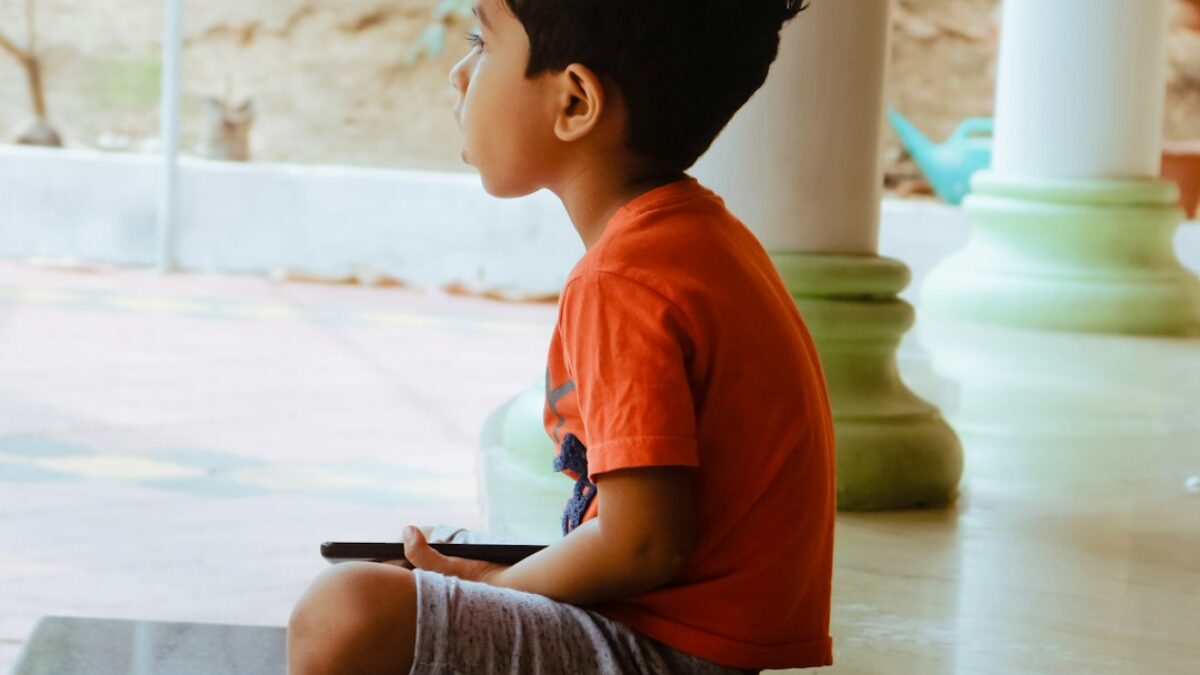
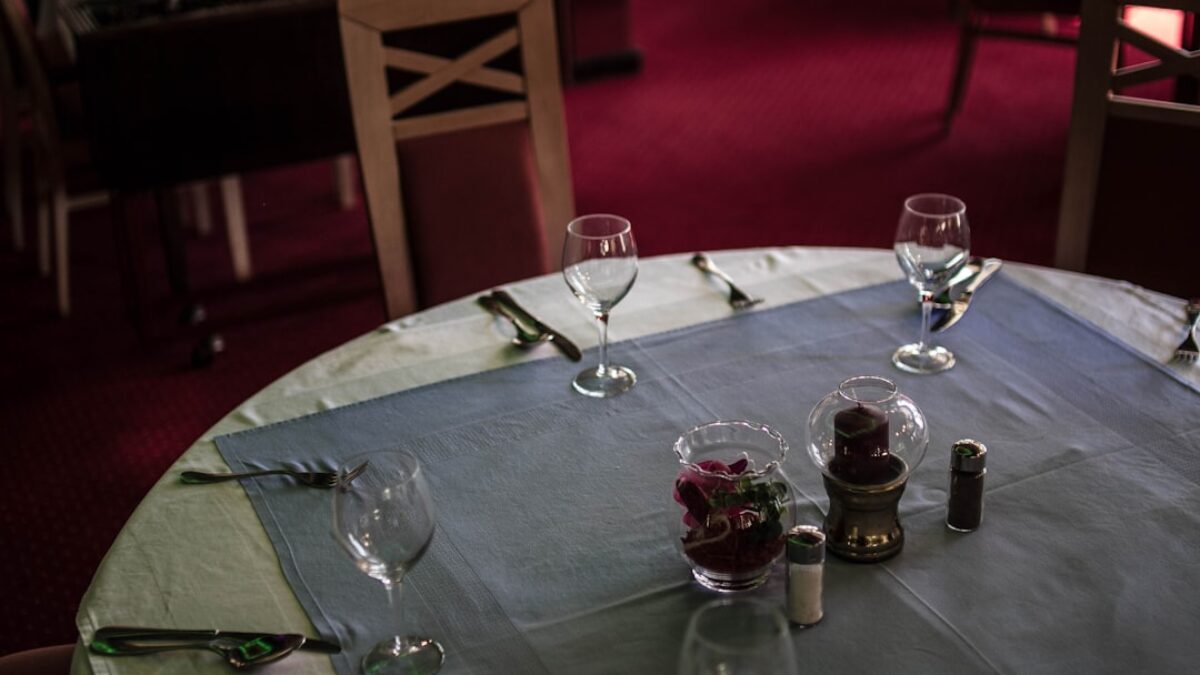
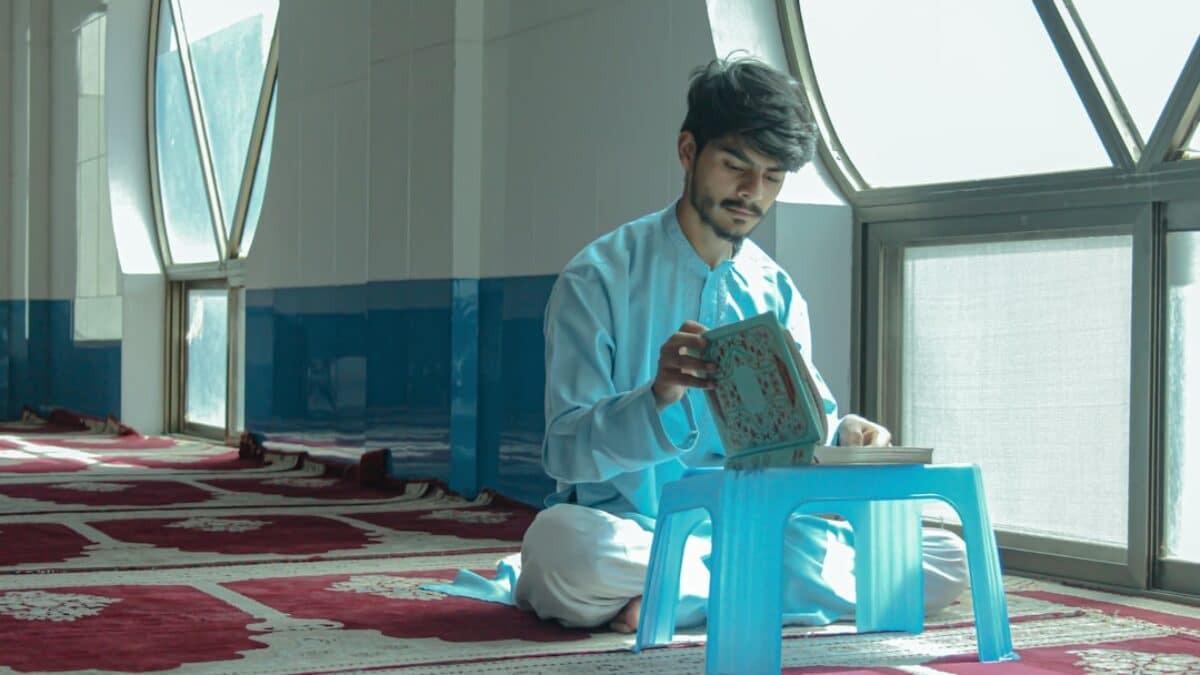
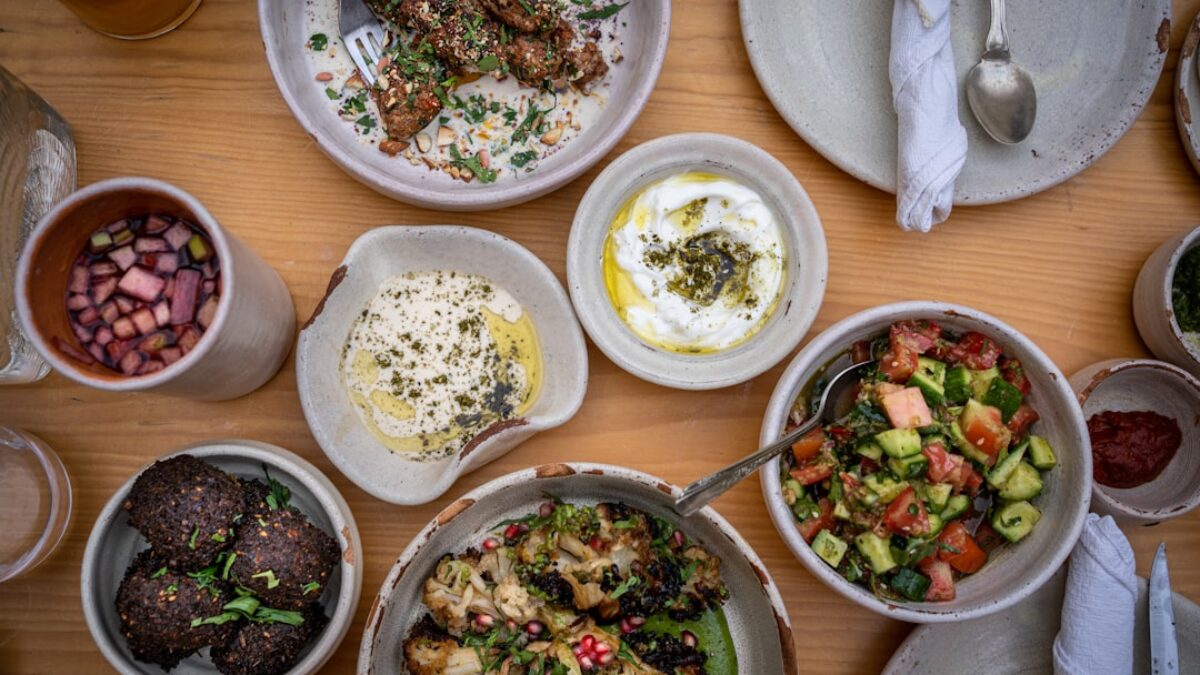











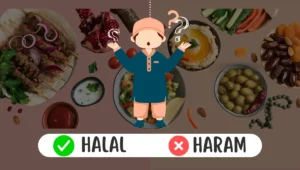








Post Comment